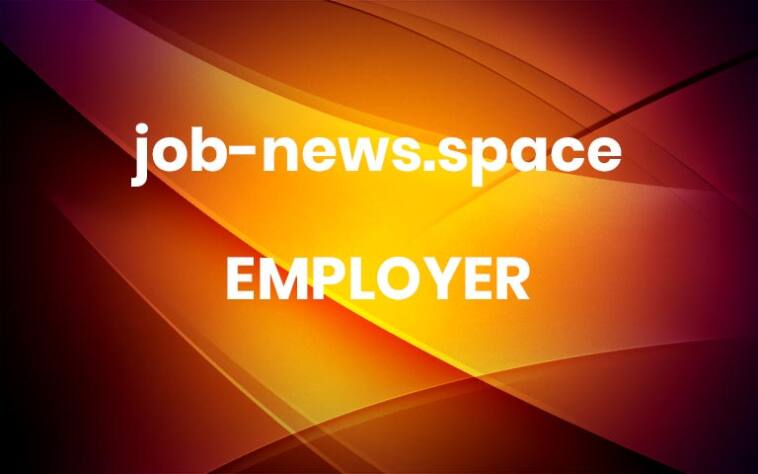How to Create a Virtuous Cycle for Your Employer Brand Ambassadors
In the world of employer branding, “authenticity” is the holy grail. We all know that a slick corporate video with hired actors and scripted lines doesn’t fool anyone anymore. Candidates want to see the real people behind the brand—their desks, their coffees, their challenges, and their triumphs. But here lies the paradox: How do you…
How to Create a Virtuous Cycle for Your Employer Brand Ambassadors Undercover Recruiter – More



